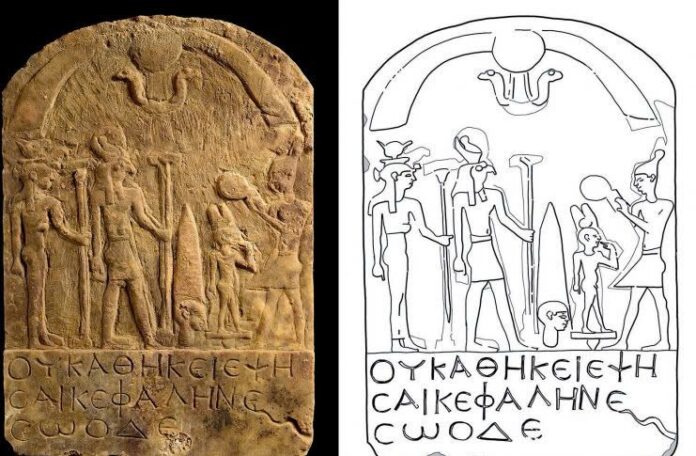Archaeologists Uncover Unique Religious Complex in Eastern Desert
The Falcon Shrine: A Window into Blemmyan Beliefs
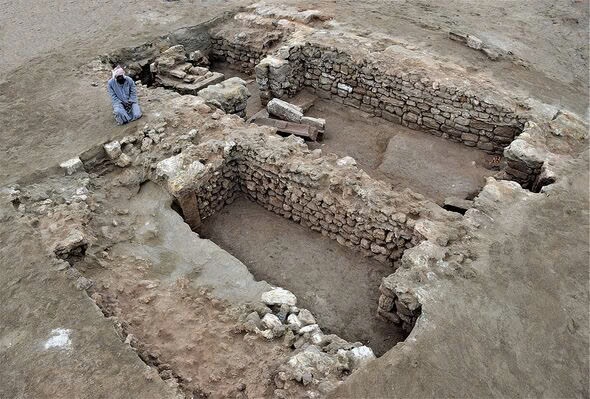
In a groundbreaking discovery, archaeologists from the Sikait Project, led by Professor Joan Oller Guzman of the Autonomous University of Barcelona, have unearthed a mysterious shrine containing 15 headless falcons in Berenike, an ancient Greco-Roman port on Egypt’s eastern coast. This find, dubbed the “Falcon Shrine,” dates back to the Late Roman Period (4th to 6th centuries AD) and offers unprecedented insights into the religious practices of the Blemmyes, a nomadic people who controlled the region during that time.
Unprecedented Ritual Practices
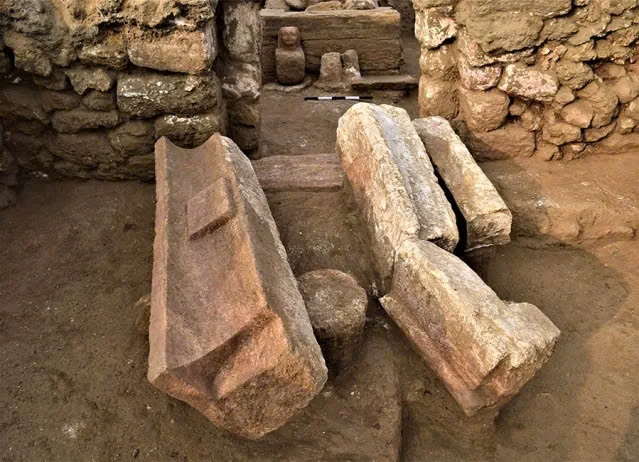
The shrine’s most striking feature is the group burial of falcons, most without heads, accompanied by eggs. This practice diverges significantly from known falcon burials in the Nile Valley, where individual mummified falcons were the norm. An intriguing inscription found within the shrine reads, “It is improper to boil a head in here,” suggesting a unique set of ritual prohibitions.
Blending of Cultures and Beliefs
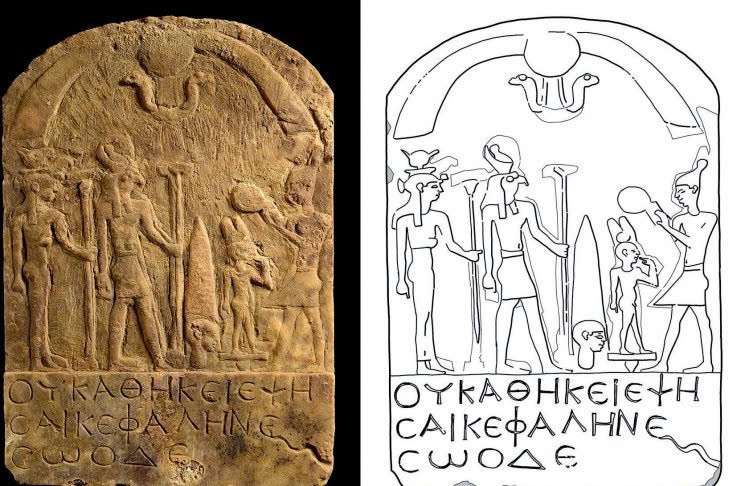
Professor Guzman notes that the shrine represents a fascinating fusion of Egyptian traditions and Blemmyan influences, possibly centered around the worship of Khonsu, the ancient Egyptian moon god. This discovery sheds new light on the religious landscape of the eastern desert during a period of cultural transition and blending.
Historical Context: The Blemmyes in Ancient Egypt
From Nomads to Kingdom Builders
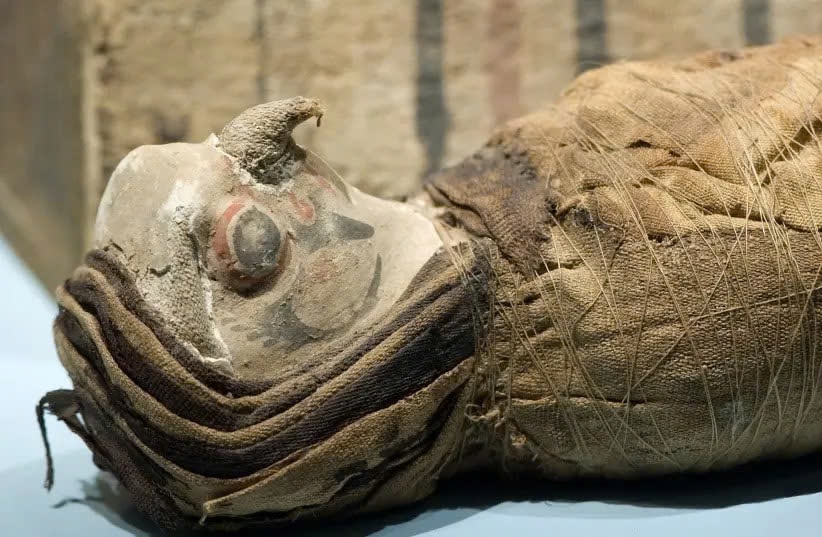
The Blemmyes, first mentioned in Greek sources as early as the 3rd century BC, evolved from desert nomads to establish a kingdom in Lower Nubia by the late 4th century AD. Their adaptation of traditional Egyptian temples to their own belief systems, as evidenced by the Falcon Shrine, illustrates the complex cultural interactions of the period.
A New Chapter in Archaeological Understanding
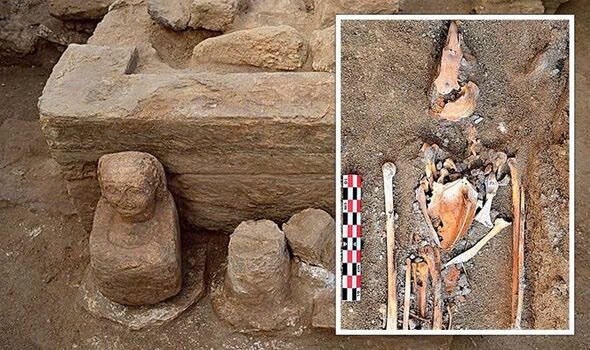
This discovery at Berenike opens up new avenues for understanding the religious practices of ancient desert cultures and their interactions with established Egyptian traditions. As researchers continue to analyze the findings, the Falcon Shrine stands as a testament to the rich and varied tapestry of ancient Egyptian and Nubian religious life.
